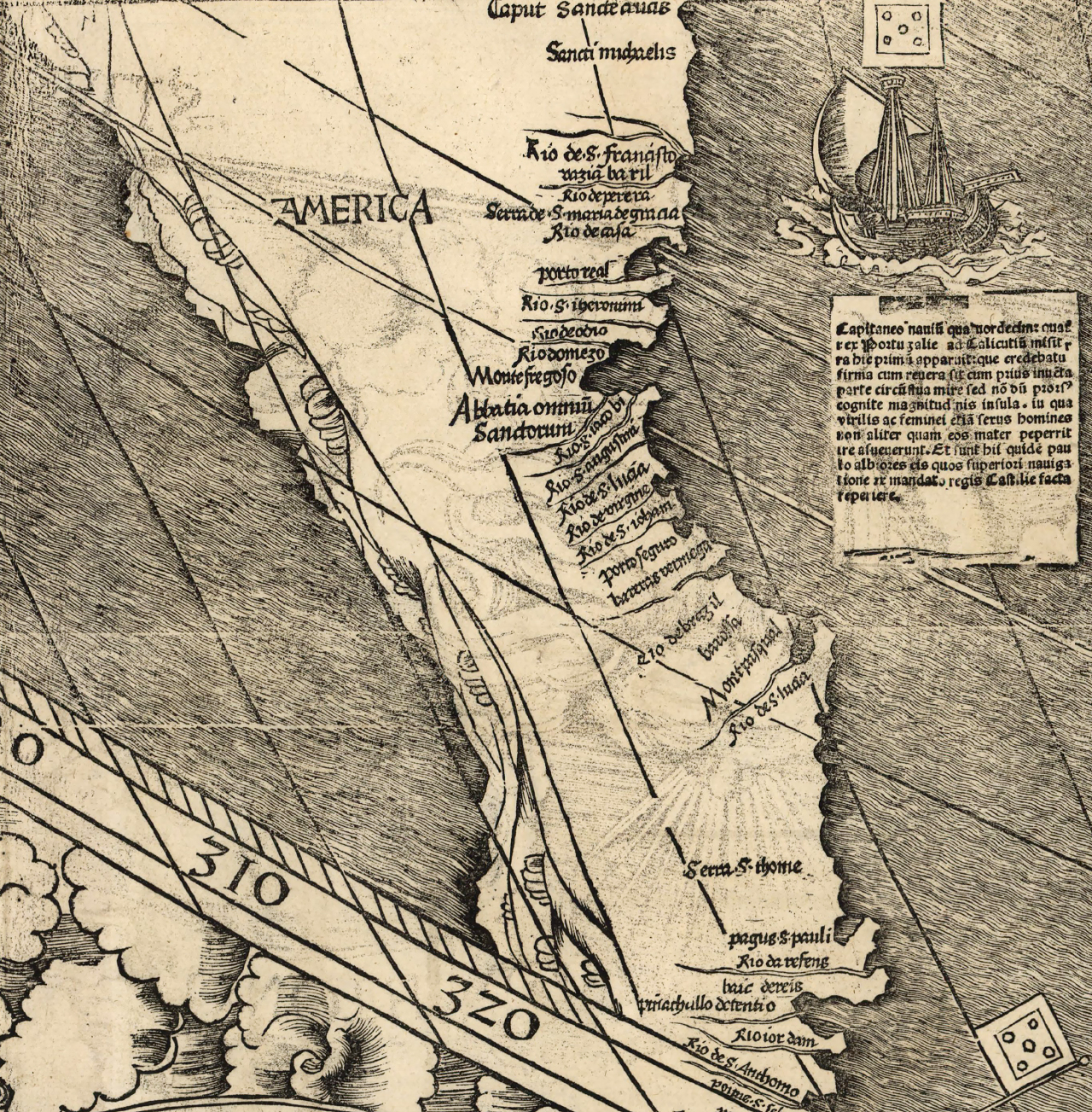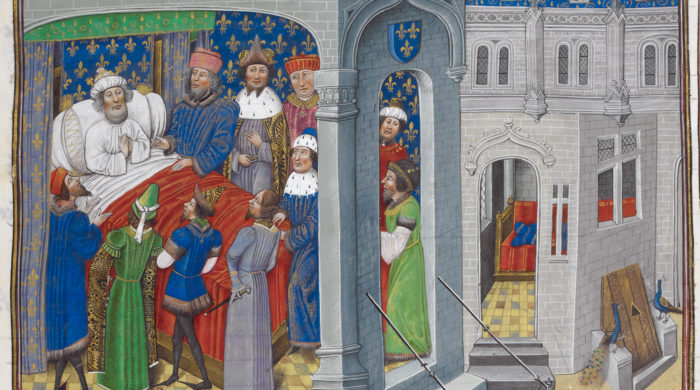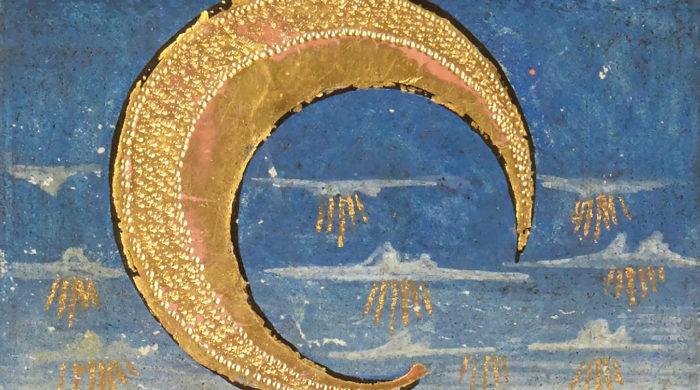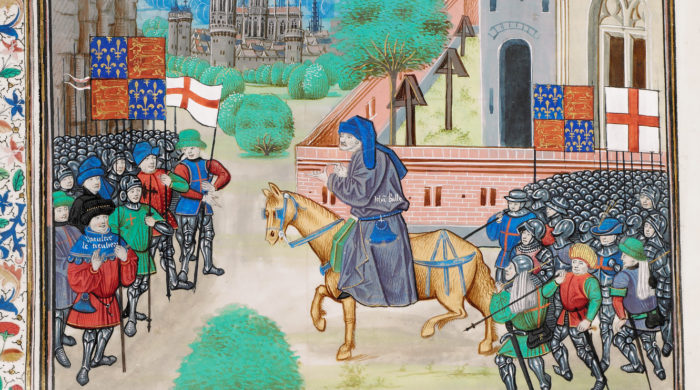AMERICA
 On this day, April 25, 511 years ago, the New World was officially given its name: "America". The new name, in fact, was used for the first time on the Universalis Cosmographia, a printed map created by the German cartographer Martin Waldseemüller; it's him whom, under the suggestion of the poet and colleague Matthias Ringmann, we owe the choice of the name "America" in honor of Amerigo Vespucci. The "dedication" to Vespucci (and not Columbus!) of an entire continent was due to the many writings in which the Florentine navigator had illustrated the New World, thus "rediscovering" it under a cultural light and bringing its description and narration to Europe.
Of the one thousand copies of the map that were printed in its first edition, no complete copy was known until 1901; it was only after centuries, in fact, that the Jesuit scholar Joseph Fischer rediscovered such a copy in the library of Schloss Wolfegg in Württemberg, Germany. The map remained in Württemberg up until 2001, when the United States Library of Congress purchased it for the sum of ten million dollars. Since 2007, on the occasion of the 500th anniversary of its first edition, the map has been publicly displayed in the very Library of Congress; in 2005, moreover, the Universalis Cosmographia was officially included in the UNESCO Memory of the World Register.
"Universalis cosmographia secundum Ptholomaei traditionem et Americi Vespucii aliorumque lustrationes", by Martin Waldseemüller, G3200 1507 .W3, 1507, Library of Congress, Geography and Map Division, Washington D.C.
On this day, April 25, 511 years ago, the New World was officially given its name: "America". The new name, in fact, was used for the first time on the Universalis Cosmographia, a printed map created by the German cartographer Martin Waldseemüller; it's him whom, under the suggestion of the poet and colleague Matthias Ringmann, we owe the choice of the name "America" in honor of Amerigo Vespucci. The "dedication" to Vespucci (and not Columbus!) of an entire continent was due to the many writings in which the Florentine navigator had illustrated the New World, thus "rediscovering" it under a cultural light and bringing its description and narration to Europe.
Of the one thousand copies of the map that were printed in its first edition, no complete copy was known until 1901; it was only after centuries, in fact, that the Jesuit scholar Joseph Fischer rediscovered such a copy in the library of Schloss Wolfegg in Württemberg, Germany. The map remained in Württemberg up until 2001, when the United States Library of Congress purchased it for the sum of ten million dollars. Since 2007, on the occasion of the 500th anniversary of its first edition, the map has been publicly displayed in the very Library of Congress; in 2005, moreover, the Universalis Cosmographia was officially included in the UNESCO Memory of the World Register.
"Universalis cosmographia secundum Ptholomaei traditionem et Americi Vespucii aliorumque lustrationes", by Martin Waldseemüller, G3200 1507 .W3, 1507, Library of Congress, Geography and Map Division, Washington D.C.
Post consigliati
Charles V of France
September 16, 1380: on this day, King Charles V of France died after…
Moonlight
Un piccolo passo per un uomo, un grande balzo per l'umanità. Dopo aver…
John Ball
July 15, 1381: the English priest John Ball is hanged, drawn, and quartered because…


